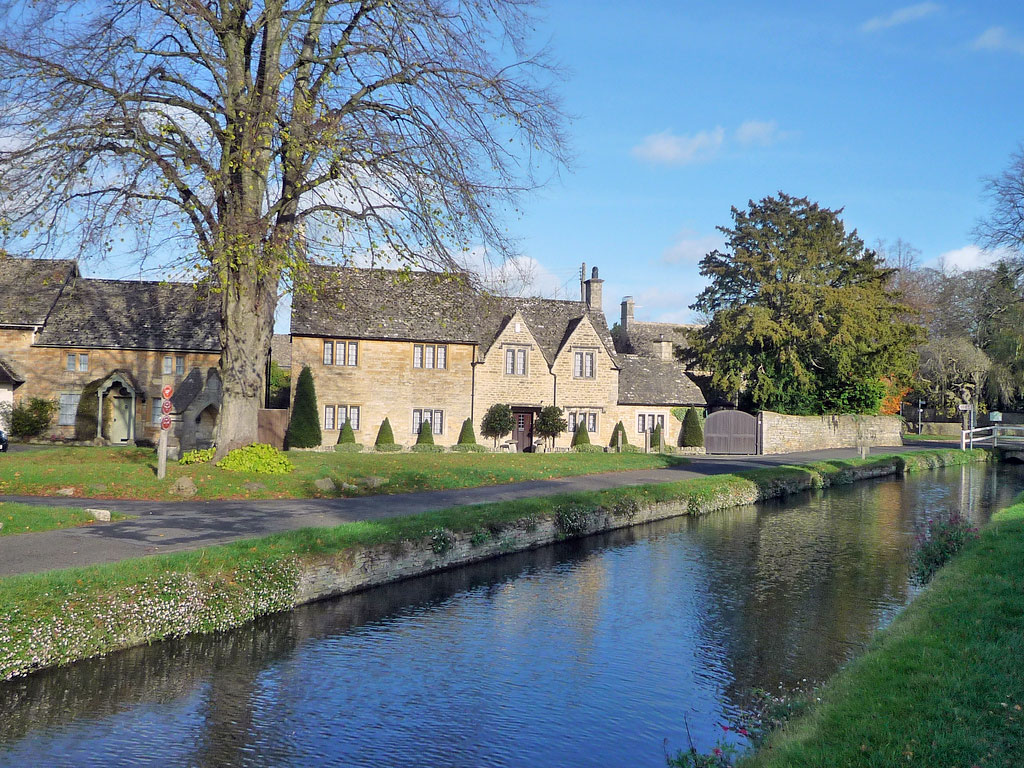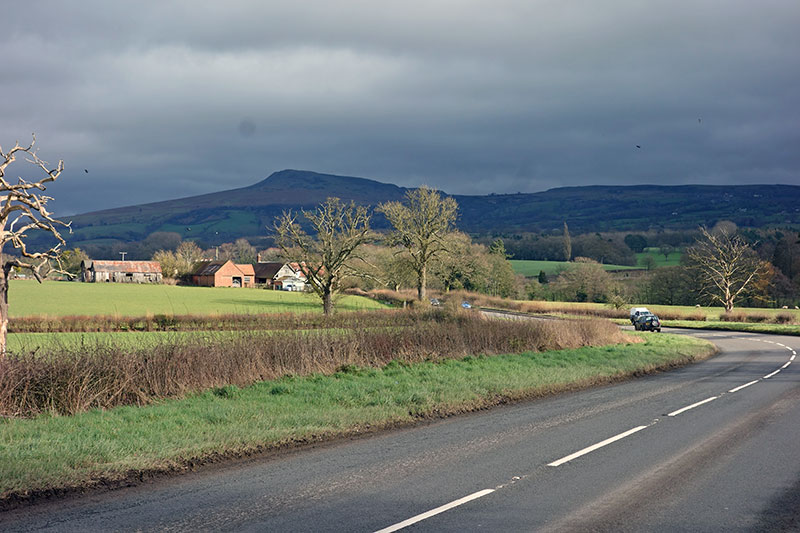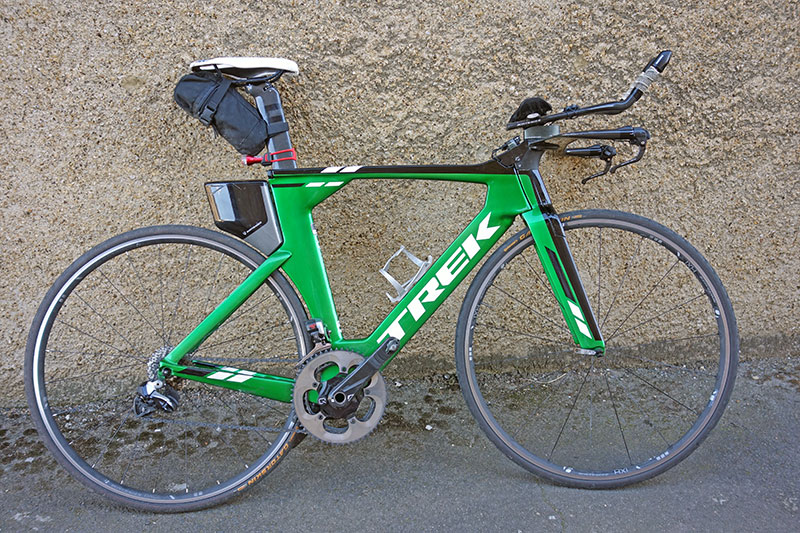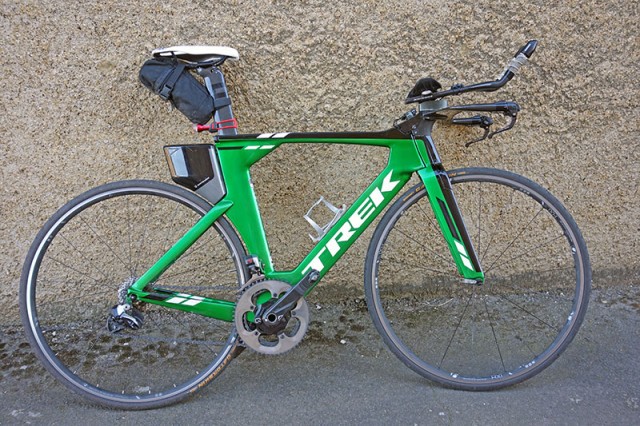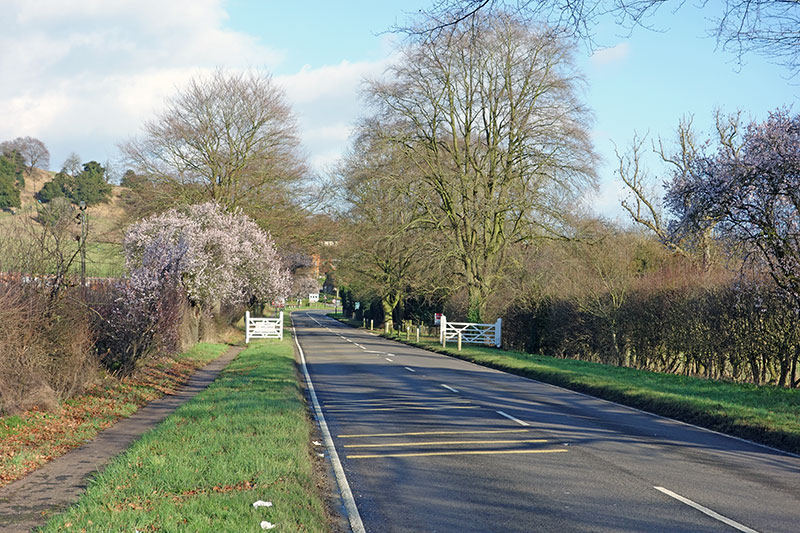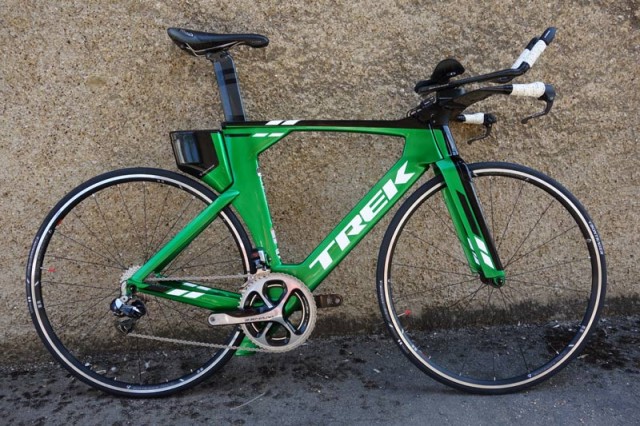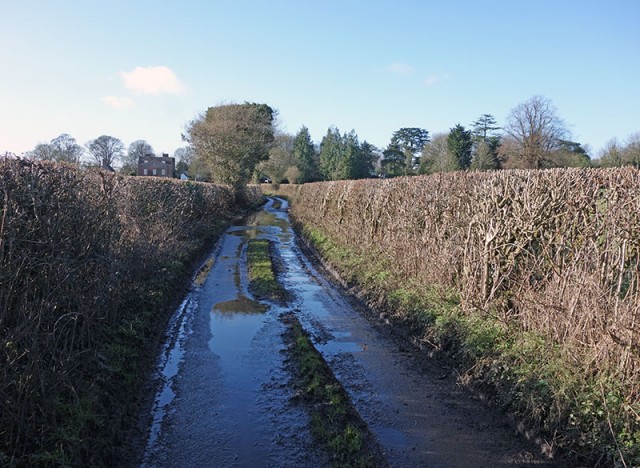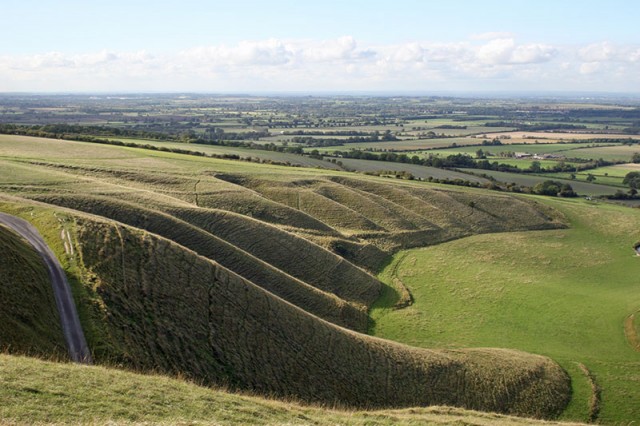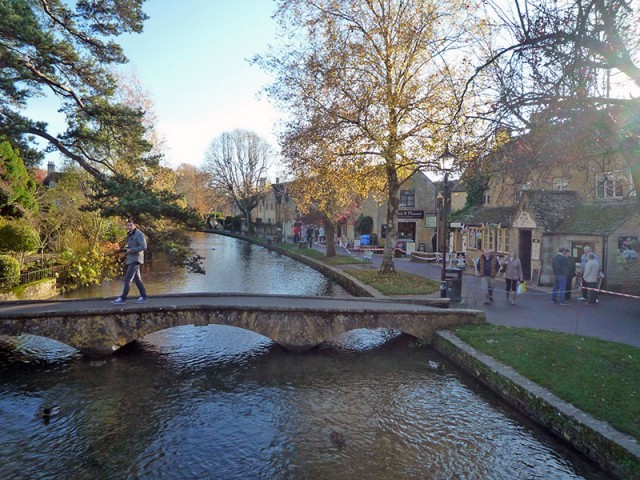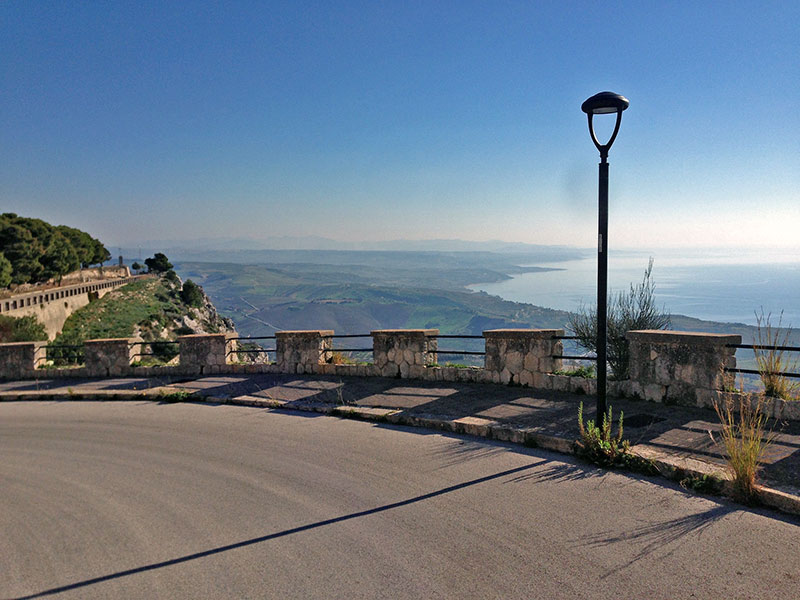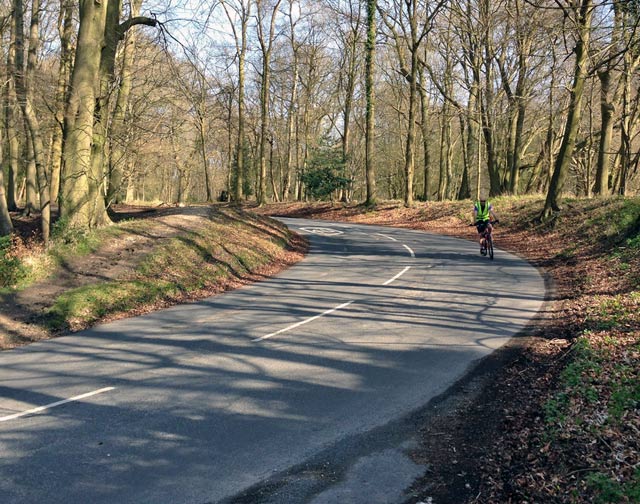A good question is whether racing makes good training or whether to be in the best form for races, you should do less racing and more training. And the other thing is what to do when you haven’t got any races.
Often when watching Eurosport you will hear people talk about riders lacking race fitness. For example, you can spend four weeks on a training camp, but it is only doing actual races that really brings about top form. For example, Chris Froome came to the Tour of Catalunya after a big training block in South Africa, but compared to his usual form, looked a little off the pace. However, at other times, riders like Quintana have come out of training in Columbia and gone straight into good racing form in races.
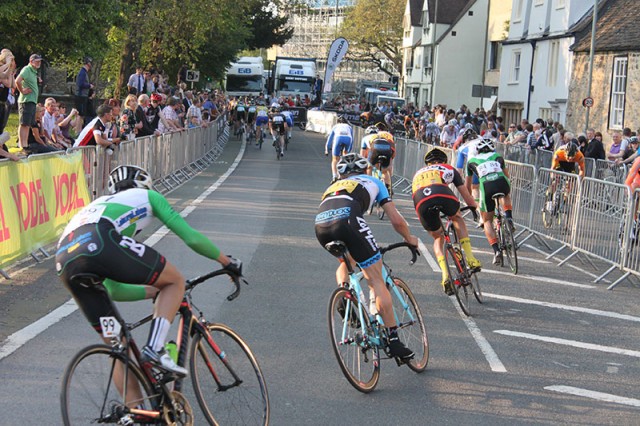
The other school of thought is that too much racing can interfere with gaining peak performance. For example, in Graeme Obree’s training book – he talks about the need to cut back on racing so that it doesn’t interfere with his training schedule. But, Obree had a really unique approach to training – go all out for an hour then spend 2-4 days recovering.
I’m thinking about this issue because my next race won’t be for a month, which is quite a long time at this stage in the season.
Advantages of racing as training
- You can guarantee in a race, you will have the best motivation to go as hard as you can for the race duration. I sometimes do private time trials where I ride around roads and measure my time. But, I never seem to go as hard as in a race. Often in these private time trials, I even give up after 75% of the imagined course. There’s no one there to make you get to the finish.
- A key element of getting to peak performance is stretching yourself and making more effort than previously. To get this new peak, a race can be an excellent way of getting more out of yourself.
- Technical aspects of racing. Whether time trials or road racing, a big component is the technical aspect – tactics and pacing. If you rely on training, these other aspects can become rusty. Racing a course like Buxton yesterday, forces you to think about pacing (wrong again), and technical aspects of cornering. It is also a test for things like equipment, clothes and pre-race strategy. These things can take more practise than you might imagine. As an amateur with no one to hand clothes, I’m often fumbling around in the back of the car with 20 minutes to go looking for some item of clothing e.t.c.



